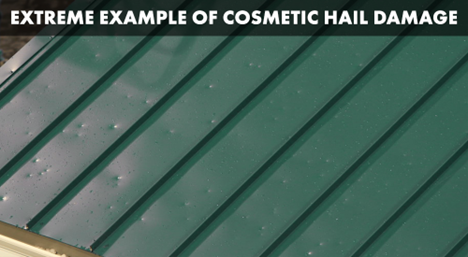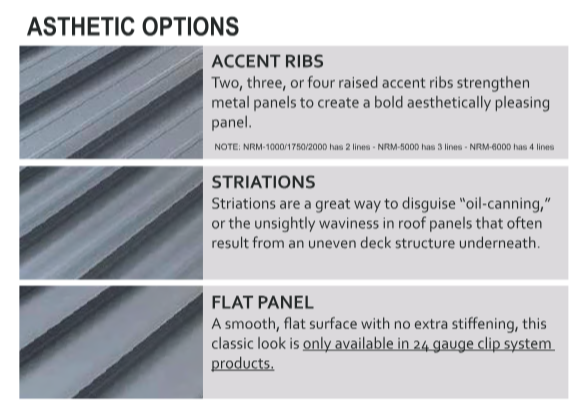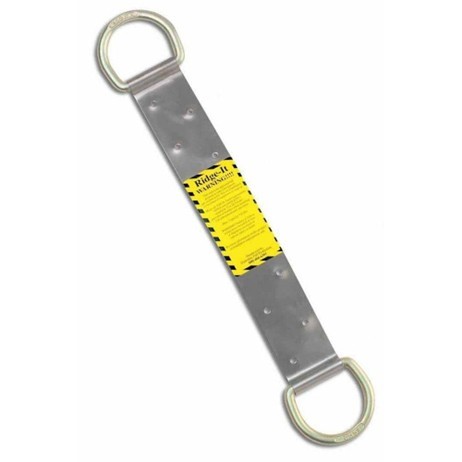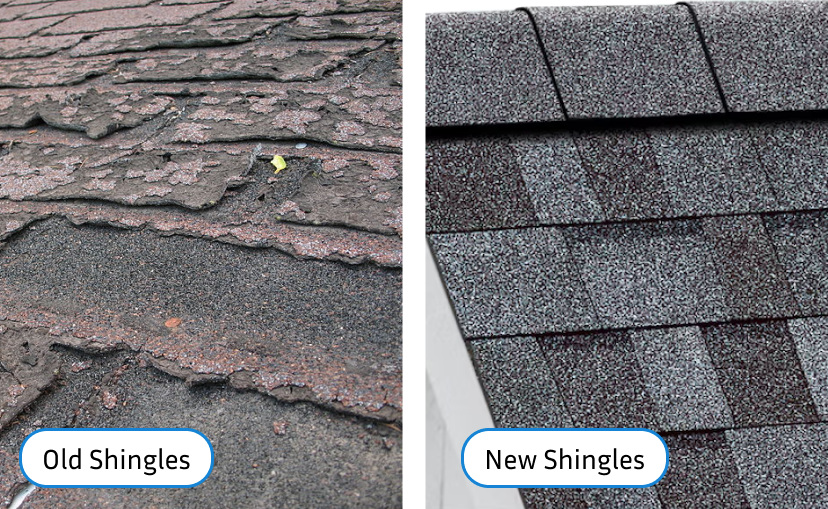You know that you need a new roof but are struggling to decide on your roofing material. That makes sense. There are so many types of roofing — and so much information on the internet that it can get overwhelming.
Here at Pacific Exteriors, we’ve spent nearly 20 years helping homeowners understand the best roofing options for them. All our estimators have helped hundreds of homeowners achieve the right balance of affordability and effectiveness.
If you’re interested in a free consultation with Pacific Exteriors, fill out our quick form. If you’re not located in Seattle, Portland, or Atlanta, but also want to learn how to decide what roofing is best for your home, then keep reading.
We’ll break down how multiple factors (budget, climate, maintenance, durability, energy efficiency, and style) affect homeowner decisions regarding roofing.
Sound good? Let’s dive in.
Consider Your Budget
Homeownership isn’t cheap, and roofing is a project that leans on the pricier side. So, before you go any further, start with the basics. Identify what materials will keep your home protected and your wallet from emptying is an excellent place to start.
- Asphalt is the most affordable. Install prices for asphalt roofing projects on a 2000-square foot home start from $15,000 for the simplest type to $30,000+ for more complicated, sturdy types (explained below!).
- Metal roofing is more expensive upfront but lasts nearly twice as long. Metal roofing starts at $35,000 for a 2000-square foot home.
- Slate roofing is expensive and your home may not qualify. Because slate roofing is made of natural stone, it is incredibly heavy. Certain homes may not have the structure strength to uphold that much weight. For a 2000sqft home, slate roofing can start at $40,000 dollars.
- Wood shingle roofing, or cedar shakes, are expensive and high maintenance. For a 2,000 square foot home, prices start at $35,000.
Climate
The world is vast and weather variable—which means extra work for you to figure out what your roof needs to be able to withstand.
If you need a fire-resistant roof, consider metal roofing. Metal roofing can withstand higher temperatures the best when compared to cost. Asphalt roofing can melt in high heat and cedar roofing becomes kindling. The best fire-resistant roof available is slate—however, many houses do not have the foundation to support slate roofing. And it’s expensive.
If your roof needs to withstand hail, rain, and snow, go for asphalt shingles. While asphalt shingles have a slight risk of cracking, the water-resistant properties make it an excellent choice for wet and humid environments. Additionally, if it hails, the asphalt does not dent—whereas metal roofing does. Cedar shingles and slate roofing are also excellent alternatives to asphalt, but often at a much higher price.

Want the Lowest Maintenance? Consider Slate
Without fussy maintenance, slate can last anywhere from 75 to over 200 years. If your home can’t sustain slate, metal roofing is the next best, as the lifespan ranges from 50 to 75 years. Asphalt and cedar trail behind, at 20 to 35 years and 15 to 25 years respectively.z
Asphalt Roofing is the Most Affordable
Asphalt hits the perfect balance between durable and affordable and is a popular choice for older homeowners who may be looking at moving out soon and homeowners leasing out their properties. If your situation is similar, asphalt being thousands of dollars cheaper might be the perfect choice for you.
Wood Shingles Offer the Most Energy Efficient Insulation
If you’re looking for energy efficiency in your new roof, wood shingles offer the most insulation. A helpful statistic to understand is r-values, a number assigned to different insulative construction materials to quantify their insulative properties. From highest to lowest, cedar shingles have the best insulation at .97. Next is metal siding—without backing the r-value is only .61, but with backing it jumps to 1.8. This is followed by asphalt shingles (.44) and slate roofing (.05).

The numbers are accurate as is, but they can change depending on the quality of insulative materials your contractor uses.
A higher r-value means less energy lost, leading to cheaper energy bills. It may seem small in the moment, but the value adds up over time!
Evaluate Your Ideal Home Appearance
If your home’s appearance is the most important to you, then the answer depends on your current house. If you have a tudor-style home, a metal roof could look out of place despite all of the wonderful pros.

With a Northwest contemporary home, a home with asphalt shingles may look a little funny.
Additionally, each material has different restrictions on appearance, with metal roofing being the most restrictive. (Asphalt and slate have the most options.) Taking your time to decide what speaks to you and your home will be the best strategy here!
Review This Checklist to Decide Your Roofing Material
- Consider your budget.
- Think about what kind of weather patterns your siding needs to endure.
- Decide on what additional factors are important to you (maintenance required, aesthetic, or insulation are common ones).
- Give us a call for your free estimate!
There’s So Much to Consider—Don’t Forget We’re Here to Support You
While it can definitely be overwhelming to start balancing options between different roofing materials, breaking it down by budget, climate, maintenance, durability, energy efficiency, and style helps.
Identifying different points that matter to you will help you narrow down the incredible number of options available on the market and select which one is the best for your home. For more in-depth information on the differences between asphalt shingles and metal roofing, check out this article:
If you’re looking for a contractor that won’t just get the job done, but it get it done well, look no further than Pacific Exteriors. Schedule your free consultation today using the form, and we’ll call you and set up a convenient time for you.
Subscribe to Pacific Exteriors LLC's Blog






Comments